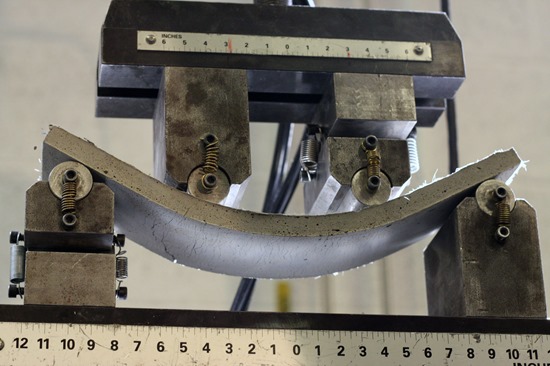
The application of nanotechnology in construction
Nanotechnology is a promising hi-tech invention for the construction sector that will improve durability and enhance the industry’s performance
Nanotechnology is defined as the application of materials that are typically 100 nanometers (nm) or less in size. Most notable applications of nanotechnology are found in electronics, energy harvesting and medicine. But it is slowly gaining attention and proving to be beneficial for the construction industry as well.
Several applications have been developed to improve the durability and enhance performance of construction components, energy-efficiency and buildings safety, facilitating the ease of maintenance and provide increased living comfort. Nanotechnology can enhance the properties and functions of construction materials, as well as be used for energy conservation. Experts have predicted that through use of nanotechnology, the environmental quality of buildings can be improved.
To date, it has found use in construction materials such as:
- Concrete
- Wood
- Glass
- Steel
- Coating
- Fire Resistance
- Structural Monitoring
The addition of nanoparticles leads to stronger, more durable, self-healing, air purifying, fire resistant, easy to clean and quick compacting concrete. Some of the nanoparticles that could be used for these features are nano silica (silica fume), nanostructured metals, carbon nanotubes (CNTs) and carbon nanofibers (CNFs). Current pressure to reduce CO2 emissions from the manufacture of cement is guiding researchers to use nanotechnology to change its processing conditions, reducing its carbon footprint.
It is also expected that the development of new lightweight, flame-retardant, self-healing and resilient construction materials, such as nanocomposites, will be helped by nanotechnology. New insulating materials have been developed with the help of advances in nanotechnologies, namely nanofoams, nanostructured aerogels and vacuum.
In January 2020, Dubai’s Roads and Transport Authority (RTA) along with its Rail Agency began a trial-run of using nanotechnology at the Noor Bank station. The technology reduced the cost of cleaning the station’s exterior by 35%, decreased the required frequency for cleaning and maintenance and enhanced the protection of front-ends and floors of both stations and trains. Its use also enhanced floor resistance to scratching and adhesion, facilitated self-cleaning and boosted thermal insulation characteristics.
Nanotechnology in Construction
Advantages and Disadvantages of Nanotechnology:
Advantages:
- Reduces production, maintenance and retrofitting costs
- Fixes current construction problems at a much faster pace
- Helps construction materials to achieve self-cleaning, self-healing and high ductility
- Promotes cement hydration due to their high reactivity
- Provides potential ability for tremendous chemical reactivity process
- Increases the resistance to water penetration
Disadvantages:
- As nanoparticles are not cost-efficient, it limits their commercial applications
- Some nanomaterials may be hazardous due to the presence of very small particles
Experts believe that nanomaterials might account for up to half of all building materials by 2025. Overall, nanotechnology is a promising approach in the construction industry, which could find increased usage in the coming years.
See more on construction materials
Sources:
- https://www.nanowerk.com/nanotechnology-in-construction-industry.php
- https://www.azonano.com/article.aspx?ArticleID=5548
- https://iosh.com/media/1520/nanotechnology-in-construction-and-demolition-guidance.pdf
- https://www.skyfilabs.com/project-ideas/application-of-nanotechnology-in-construction-industry
Image Source:














